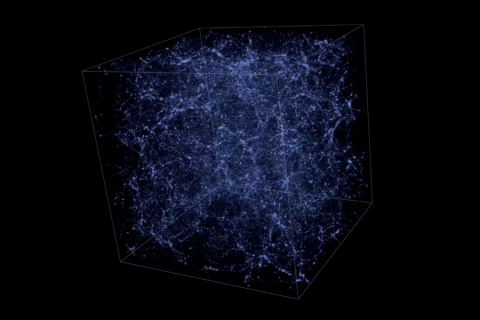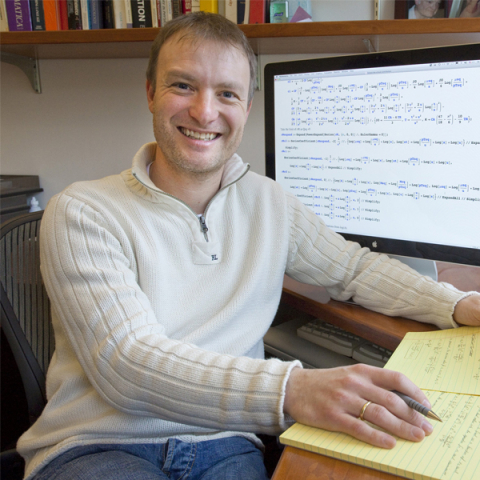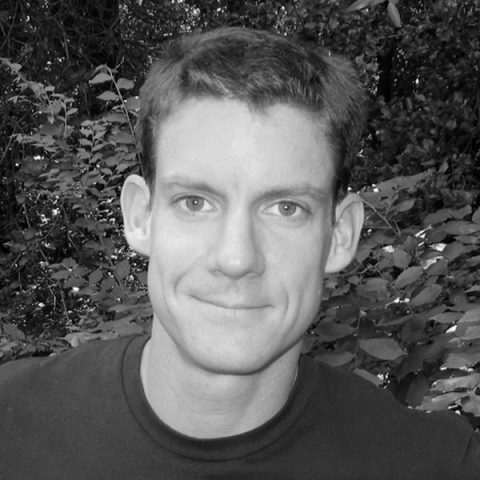
Nate McDowell studies tree life and death during droughts, showing how vegetation death plays a major role in the global carbon cycle.
University physical scientists synthesize new superconducting material.

The question of how the proton – one of the building blocks of the universe – is constructed drives nuclear physicist Kawtar Hafidi’s research.
Scientists use E. coli to create an optimal experimental environment for studying how to speed up photosynthesis.

U of Pennsylvania physics professor Christopher Mauger measures neutrino properties, investigating the transformation of neutrinos between types.

The Office of Science has been investing in applied math and computational science for 40 years, leading to world-class infrastructure and research.
New experimental evidence of a collective behavior of electrons to form "quasiparticles" called "anyons" has been reported by scientists at Purdue U.

Large data sets require software specifically written to increase precision. Christian Bauer develops that software for new physics discoveries.
Scientists have completed a three-dimensional map that reveals the location of every atom in an enzyme molecule critical to SARS-CoV-2 reproduction.

Producing lead selenide quantum dot films by atomic layer deposition is paving the way to new applications in nanoscale materials.

